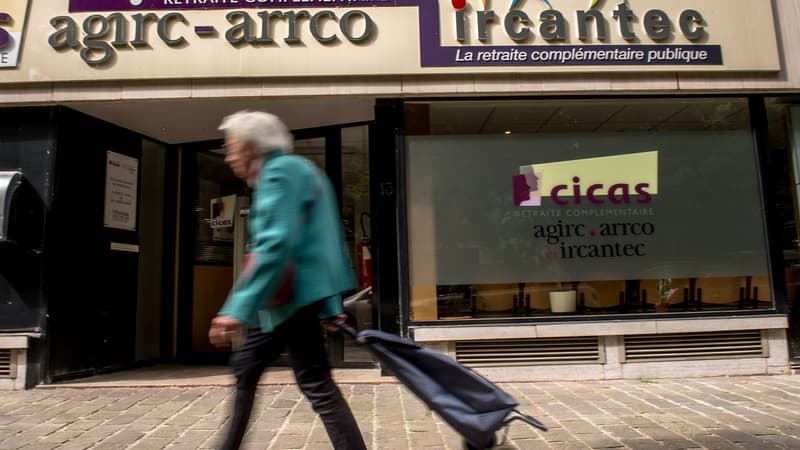Unions and strikers return to the streets on Tuesday for a day of protest against the pension reform, whose main measure is the postponement of the legal retirement age from 62 to 64 years.
Giving in on the 64th birthday “would be renouncing the return to balance,” said Labor Minister Olivier Dussopt. As it stands, the pension system should, in fact, record increasingly significant losses until the end of the decade. Surplus in 2021, notably thanks to the post-Covid resumption of activity, remained in the green in 2022, then a dip below zero should begin.
But there are great disparities between the financial situations of the different schemes. In the absence of reform, who will weigh down the balance of pensions in 2030? And furthermore, would the reform fundamentally change the situation?
Regimes that will sink into the red
13,500 million is the total deficit that the pension system would register in 2030 if we believe the government report published in January. To take stock of the system prior to the reform, the study is based on figures from the Pension Orientation Council (COR), the reference body in the debate, and maintains a “central scenario” with productivity growth of 1 % and long-term unemployment. , which seems optimistic, at 4.5%.
Among the large contributors to the deficits forecast for 2030 is the National Pension Fund for Local Agents (CNRACL), which would accumulate some 8.4 billion euros in losses. Structurally deficient, its situation would continue to deteriorate between 2022 and 2030.
The hospital and territorial civil servants fund no longer collects sufficient contributions to cover the pensions it pays. In 2021, it had already recorded 1,200 million losses when it had 1.5 million retirees for 2.2 million contributors. The number of its pensioners has increased by 40% in 10 years and will continue to grow. As for its contributors, they have almost stagnated in the same period.
The basic aligned schemes that cover, among others, private sector employees, artisans, merchants and agricultural employees, would also post largely negative group results at the end of the decade if the pension system remains unchanged. 10,200 million euros of deficit foreseen for all these regimes, including the minimum old age.
The good student of the system.
Among these, the complementary fund for private sector employees is doing well at the end of 2030 due to the good performance of its financial accounts. This mandatory regime, called Agirc-Arrco, would generate a surplus of 2.6 billion euros in 2030.
Managed by unions and businessmen, this regime, which pays a pension to more than 13 million people, has already reaped a surplus of several billion in 2021 and 2022, and this year should not deny its past good results. Agirc-Arrco also has financial reserves in the tens of billions of euros that no other pension plan can claim to match.
The reform would not eliminate all deficits
The Government has been promoting its pension reform for several weeks, claiming that it will allow the system to rebalance itself in 2030. In addition to postponing the legal retirement age to 64, the text includes an increase in minimum pensions and an improvement in the senior employment
Some regimes, reformed or not, will remain in the red in 2030.
Therefore, this would not be enough to stop the expected increase in the CNRACL deficit, but it would still reduce that of the aligned regimes while the surplus of the complementary fund for private sector employees would be even higher, according to the government report. .
The figures of the study, like those of the COR, must be used with caution, the forecasts for 2030 necessarily contain a margin of error due to the uncertainty of the future. However, they give an idea: if Agirc-Arrco has nothing to worry about, the deficit in the system of local and territorial civil servants should persist.
Source: BFM TV


